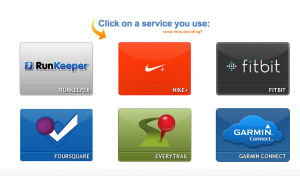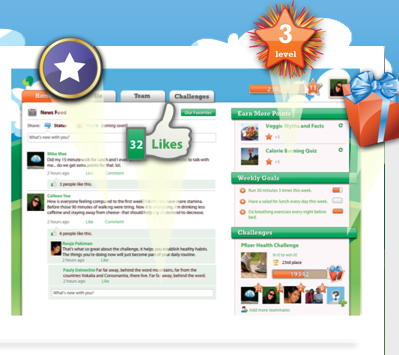 In February when Humana announced its partial acquisition of South Africa-based Discovery Holdings to take the company's Vitality wellness platform to the US, it was no surprise that the health plan was making moves to up engagement with its members and move toward wellness services. The surprise was that Humana decided to bring a new platform to the US rather than work with one of the many existing ones already in the market.
In February when Humana announced its partial acquisition of South Africa-based Discovery Holdings to take the company's Vitality wellness platform to the US, it was no surprise that the health plan was making moves to up engagement with its members and move toward wellness services. The surprise was that Humana decided to bring a new platform to the US rather than work with one of the many existing ones already in the market.
Humana's CSO Paul Kusserow told MobiHealthNews in February that HumanaVitality would include a strong mobile component since that was a key way to drive engagement with consumers, he said. A number of other wellness platforms already feature mobile apps and connected health and fitness devices as core to their offerings -- Partners HealthCare spinout Healthrageous may be the most mobilized of the group.
While there are certainly others, we collected a handful of wellness platforms that look to be the incumbents of the market HumanaVitality just entered. Also included is another newcomer: Cerner, which just announced its intent to fill the void created by Google Health's passing by offering up an employer-focused wellness platform called Cerner Health.
Check out our list of five (UPDATE: now 11) HumanaVitality competitors below and let us know who we missed in the comments section.
 Keas
Keas
Keas was launched in 2009 by former Google Health head Adam Bosworth. Originally, the idea was similar to the distribution model of Apple’s AppStore — medical experts could create their own health plans to the Keas platform and encourage patients to subscribe to them. If users purchased one of these care plans, Keas would take a cut of the revenue and pass the rest onto the plan’s designers.
Initial launch partners included Healthwise, Google Health, Microsoft HealthVault, Quest Diagnostics and Dr. Alan Greene.
Two years later, that business model has been thrown to the curb. Now, Keas is focused on the workplace, offering "play" focused healthcare programs that reward working out and other healty activities and are collected via a social network interface. The design borrows from Apple, Facebook, and Twitter, including 'Like' buttons, a News Feed, social games, and a team aspect that encourages positive peer pressure for staying fit.
















